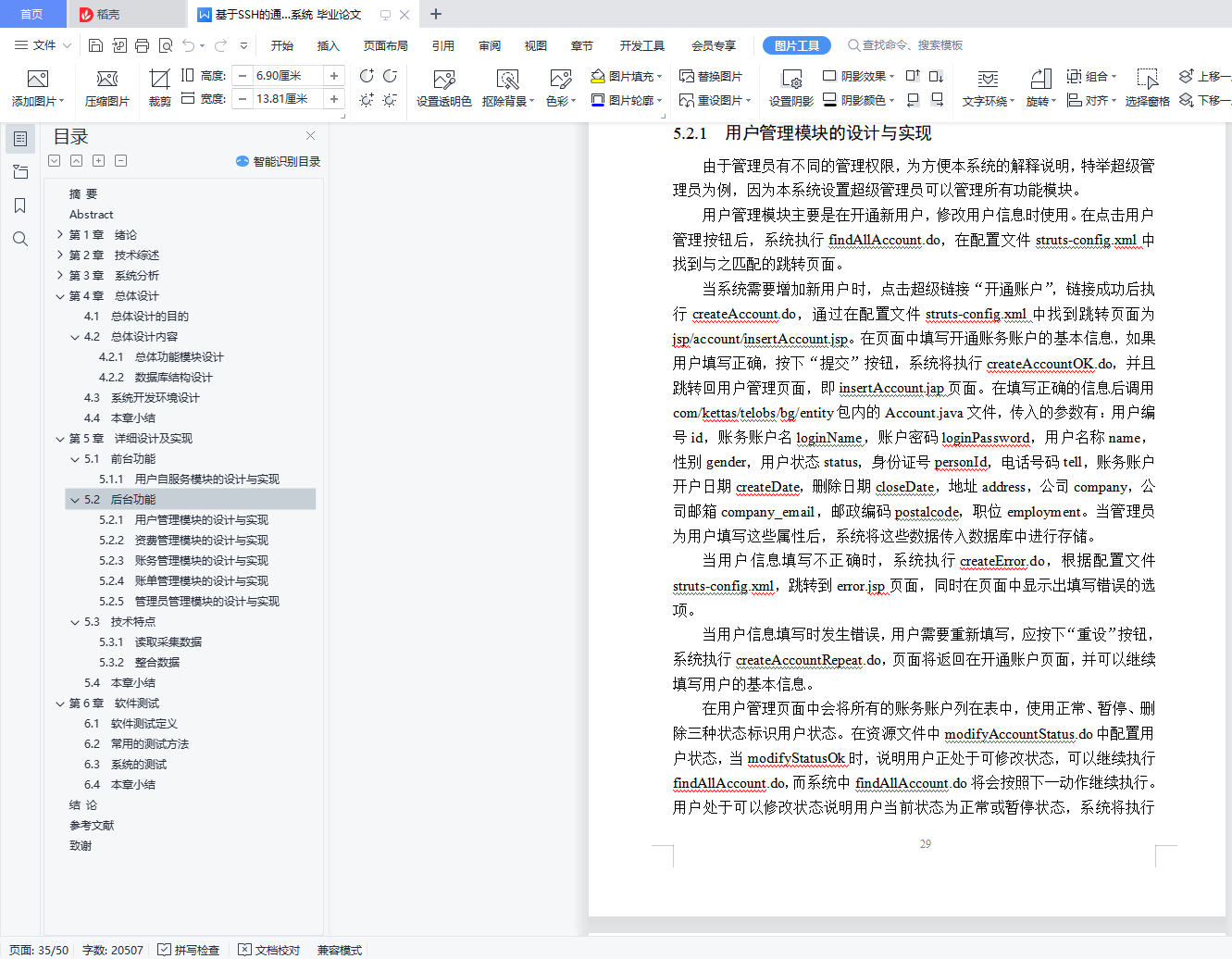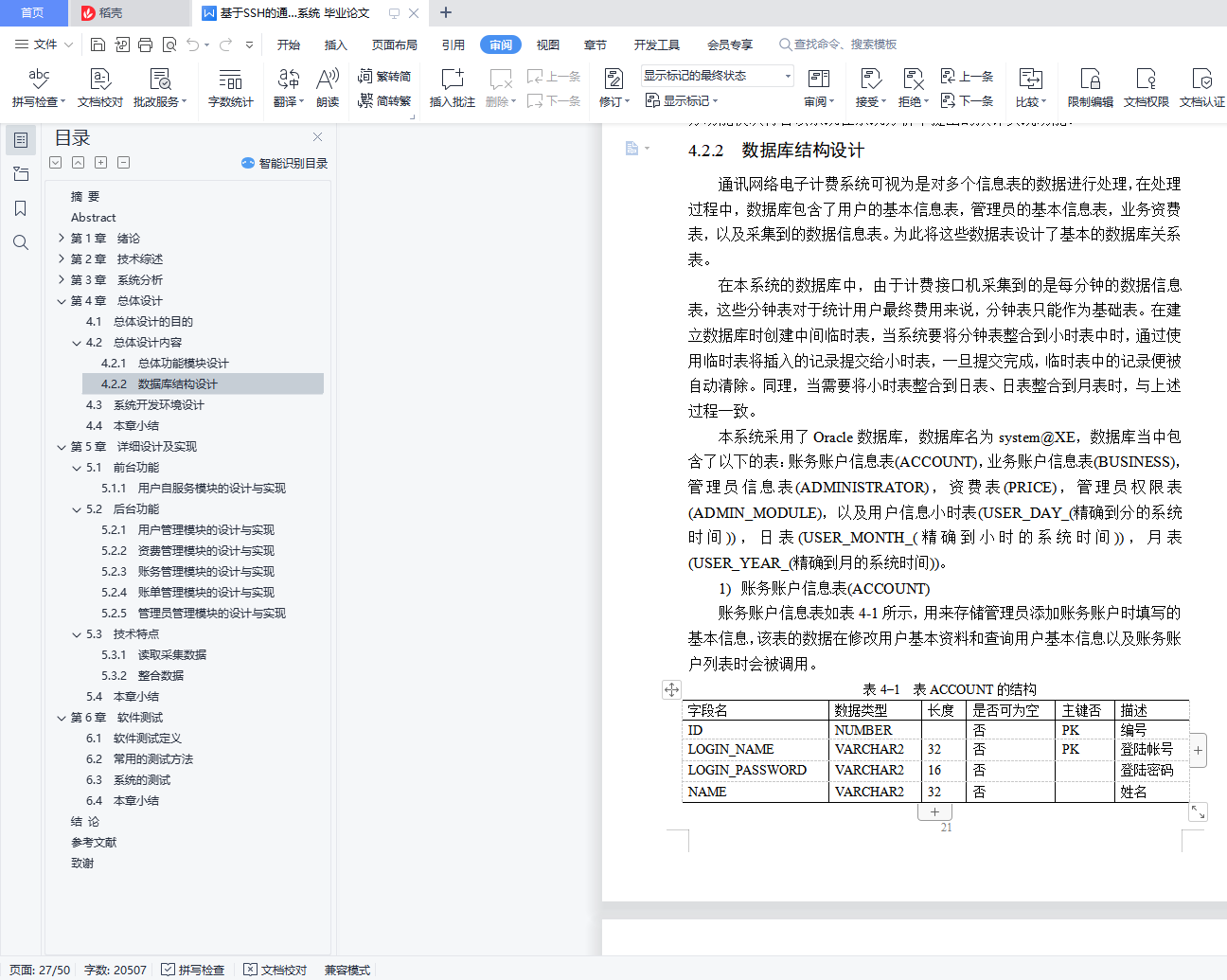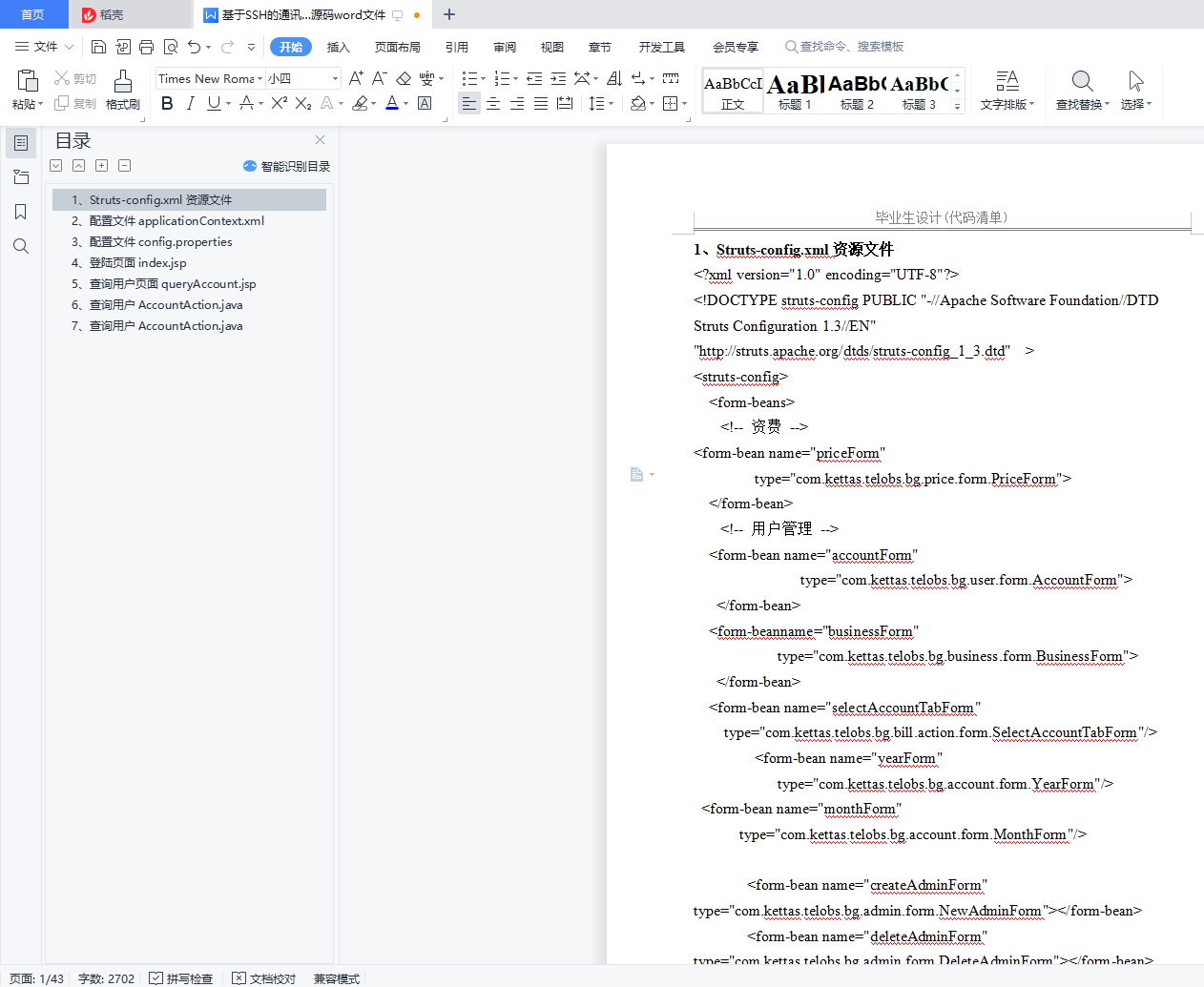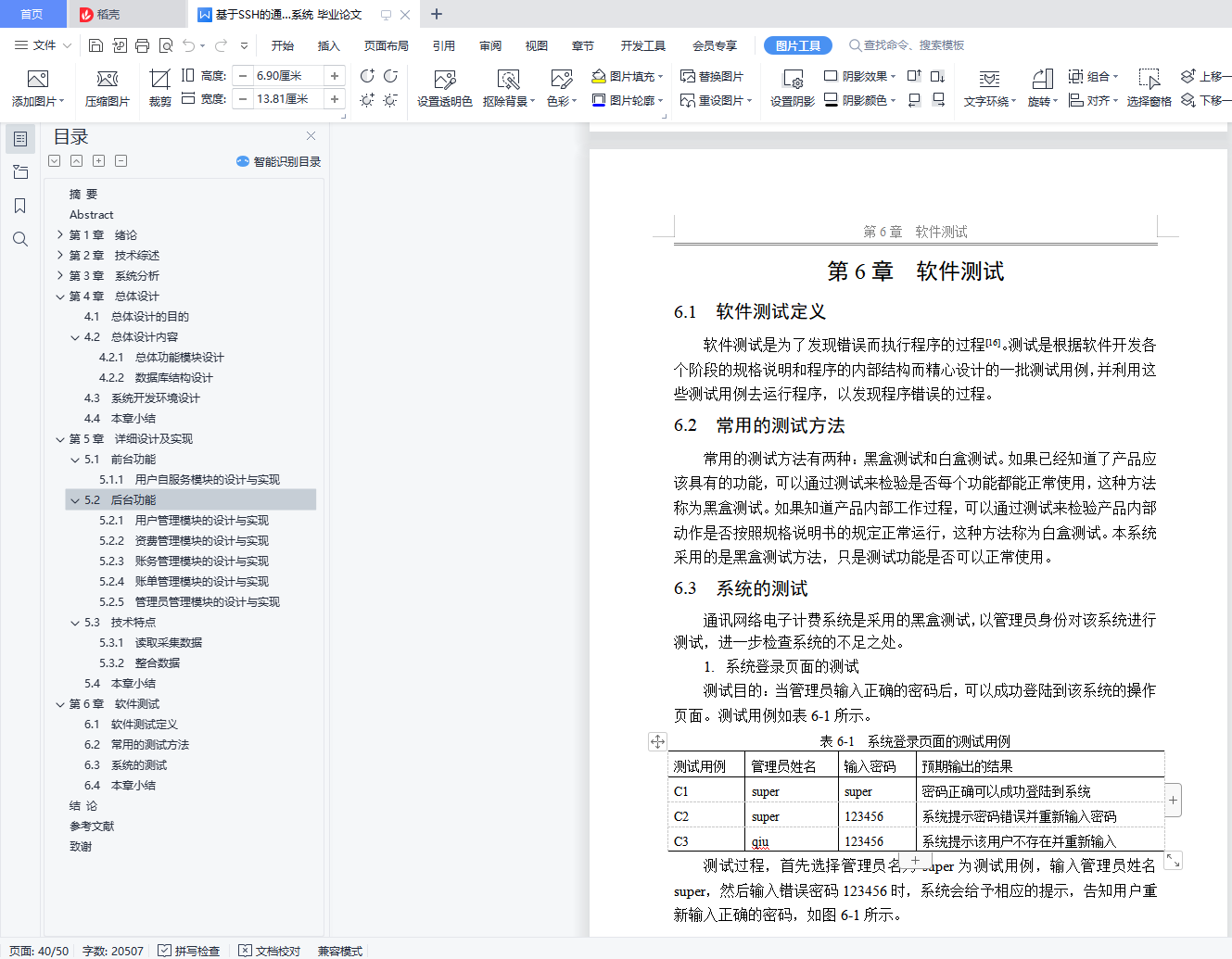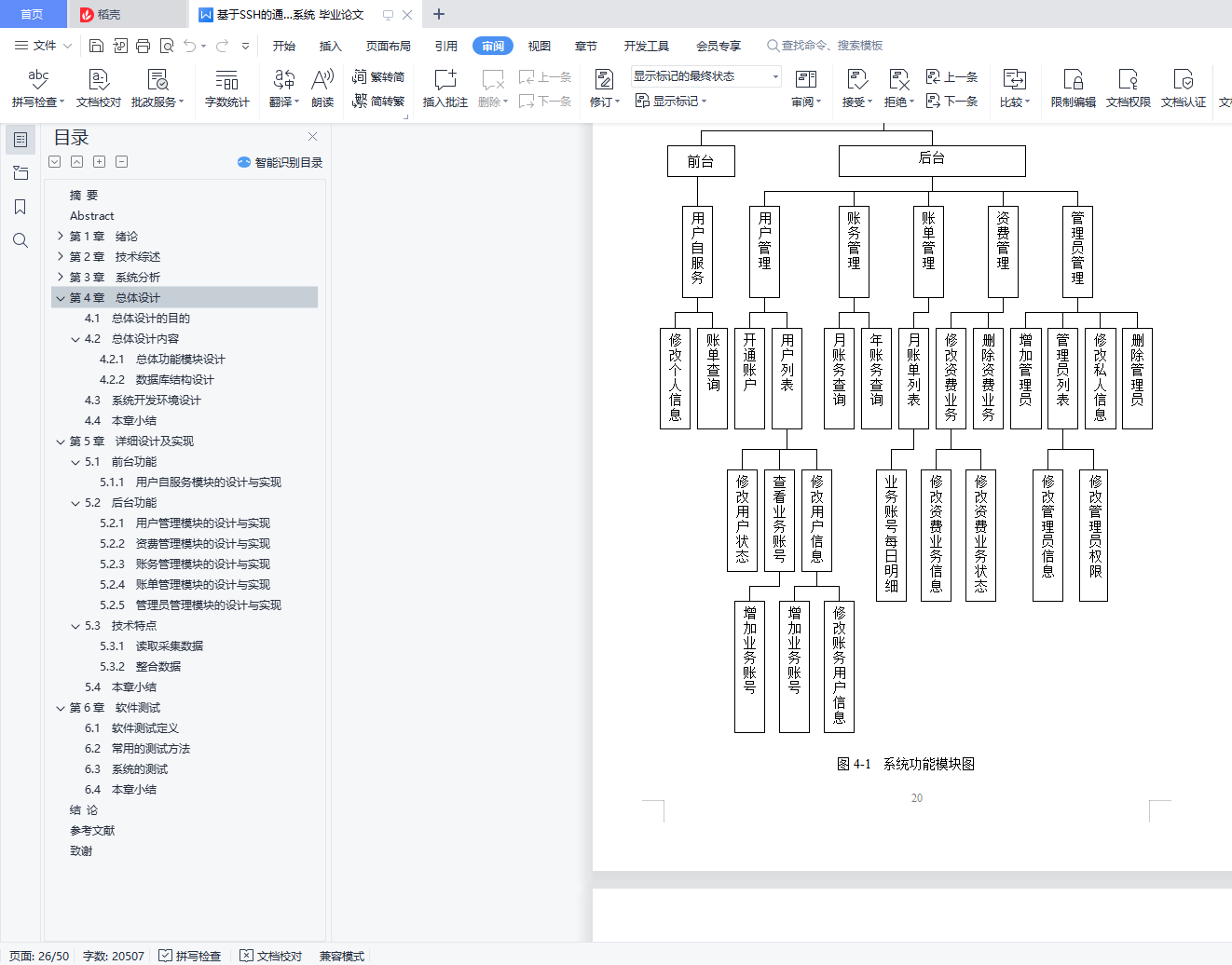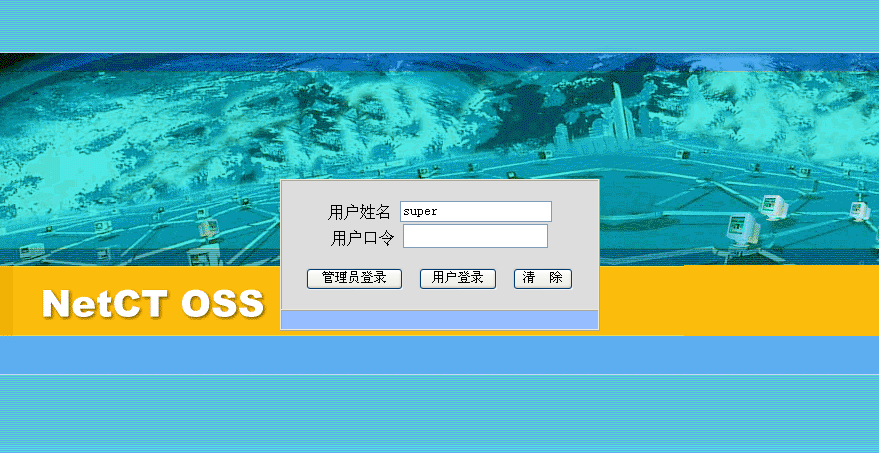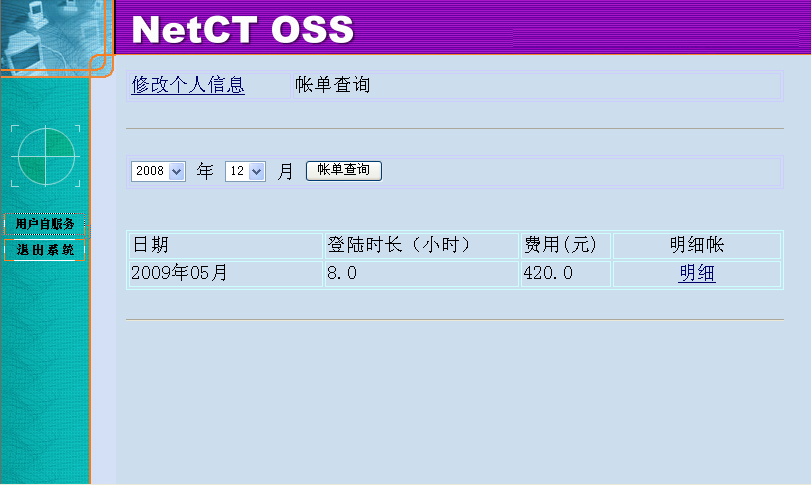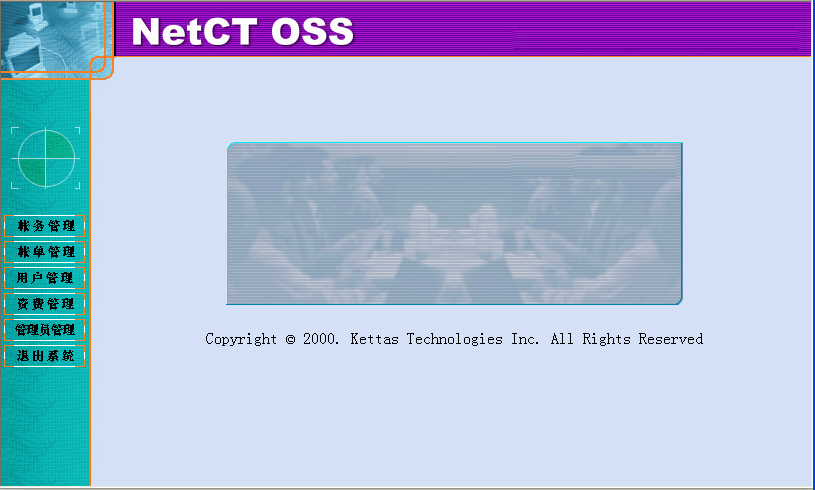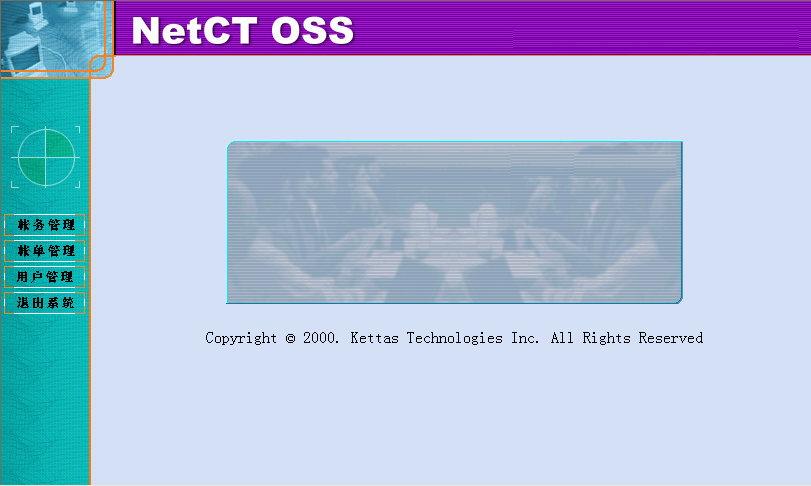摘 要
在二十一世纪,科技不断的创新和发展,人们更多的接触到了互联网。我国的互联网使用用户为世界上使用互联网人数最多的国家,但是网络资源并不是无偿使用,用户需要缴纳一定的费用,此时设计通讯网络电子计费系统为网络运营商提供计费工具。当客户端通过网络协议将使用数据传输给计费接口机后,计费接口机会将数据传送给通讯网络电子计费系统进行处理。
本文根据通讯网络电子计费系统需求出发,使用Oracle数据库技术、JSP动态Web开发技术构建一个B/S模式的管理系统。以Java为编程基础语言,使用了SSH架构增强了系统的灵活性,并使用JDBC技术连接数据库。系统分为前台和后台两部分。前台是用户自服务模块,用于用户修改个人信息。后台包括五大功能,即:用户管理、账单管理、账务管理、资费管理、管理员管理。论文详细论述了系统的可行性分析、需求分析、详细设计及实现过程。
关键词 电子计费系统;B/S ;Oracle;Java;JSP;JDBC;SSH
Abstract
The science and technology are unceasingly innovation and development in the 21st century. More and more people contacted the Internet. The users of our country are the most Internet population countries for the world. But the network resource is not free to use. Users need pay some money for the service. The communication network electrum accounting system provides the tools for the company. The client thorough data to accounting connection machine by the TCP/IP agreement. The accounting connection through data to accounting system. The accounting system will deal with the data.
This thesis use Oracle data bank、JSP for the Web development accounting to system requirement. This system took Java as the programming foundation language. And we used the SSH construction to buildup the system’s flexible. We used the JDBC technology to connect the database. The system divides two parts. One is front stage, and the other one is backstage. The front stage is the user self service module. It can modify the information of the users. Backstage include five functions:user management、bill management、bookkeeping management、the fees management, the manager manage. The thesis discussed the system’s procedure. The procedure was composed of feasibility analysis, requirement analysis, and implementation procedure.
Keywords Electronic accounting system; B/S ; Oracle; Java; JSP; JDBC; SSH
目 录
摘 要
Abstract
第1章 绪论
1.1 课题背景
1.2 本课题研究的目的及意义
1.2.1 研究目的
1.2.2 研究内容
1.2.3 研究意义
1.3 本章小结
第2章 技术综述
2.1 B/S结构
2.1.1 使用B/S结构的优势
2.1.2 使用B/S结构的劣势
2.2 JAVA概述
2.2.1 Java的特点
2.2.2 使用Java的优势
2.2.3 JavaScript的使用
2.3 JDBC
2.3.1 JDBC的概念
2.3.2 JDBC的任务
2.3.3 JDBC的优势和劣势
2.4 SSH架构
2.4.1 Struts的使用
2.4.2 Spring的使用
2.4.3 Hibernate的使用
2.4.4 集成SSH架构
2.5 JSP
2.6 Oracle数据库
2.6.1 Oracle技术概述
2.6.2 Oracle存储过程
2.7 本章小结
第3章 系统分析
3.1 系统的可行性分析
3.1.1 经济可行性
3.1.2 技术可行性
3.2 系统流程图
3.3 数据流图
3.4 系统功能需求描述
3.5 系统E-R模型
3.6 本章小结
第4章 总体设计
4.1 总体设计的目的
4.2 总体设计内容
4.2.1 总体功能模块设计
4.2.2 数据库结构设计
4.3 系统开发环境设计
4.4 本章小结
第5章 详细设计及实现
5.1 前台功能
5.1.1 用户自服务模块的设计与实现
5.2 后台功能
5.2.1 用户管理模块的设计与实现
5.2.2 资费管理模块的设计与实现
5.2.3 账务管理模块的设计与实现
5.2.4 账单管理模块的设计与实现
5.2.5 管理员管理模块的设计与实现
5.3 技术特点
5.3.1 读取采集数据
5.3.2 整合数据
5.4 本章小结
第6章 软件测试
6.1 软件测试定义
6.2 常用的测试方法
6.3 系统的测试
6.4 本章小结
结 论
参考文献
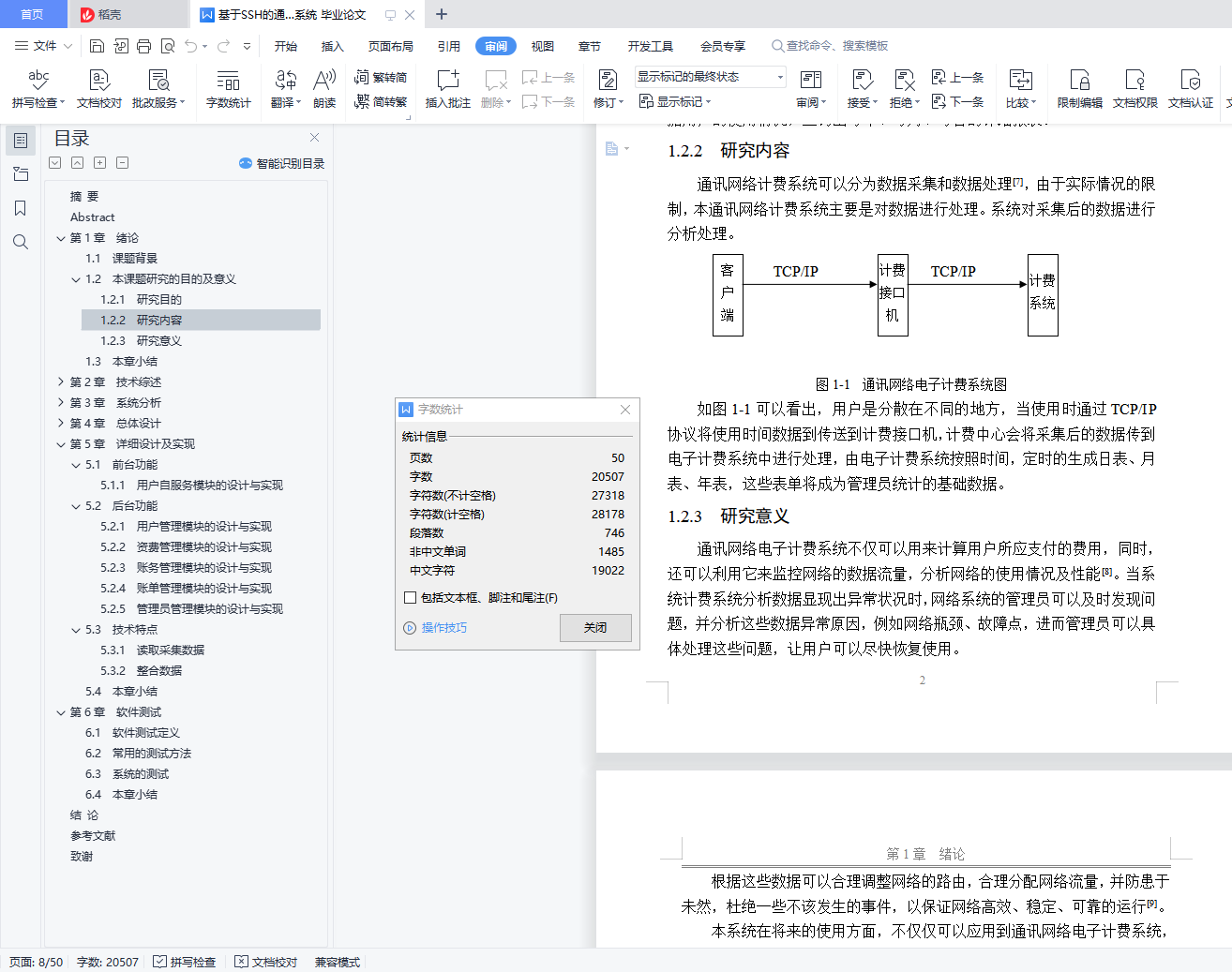
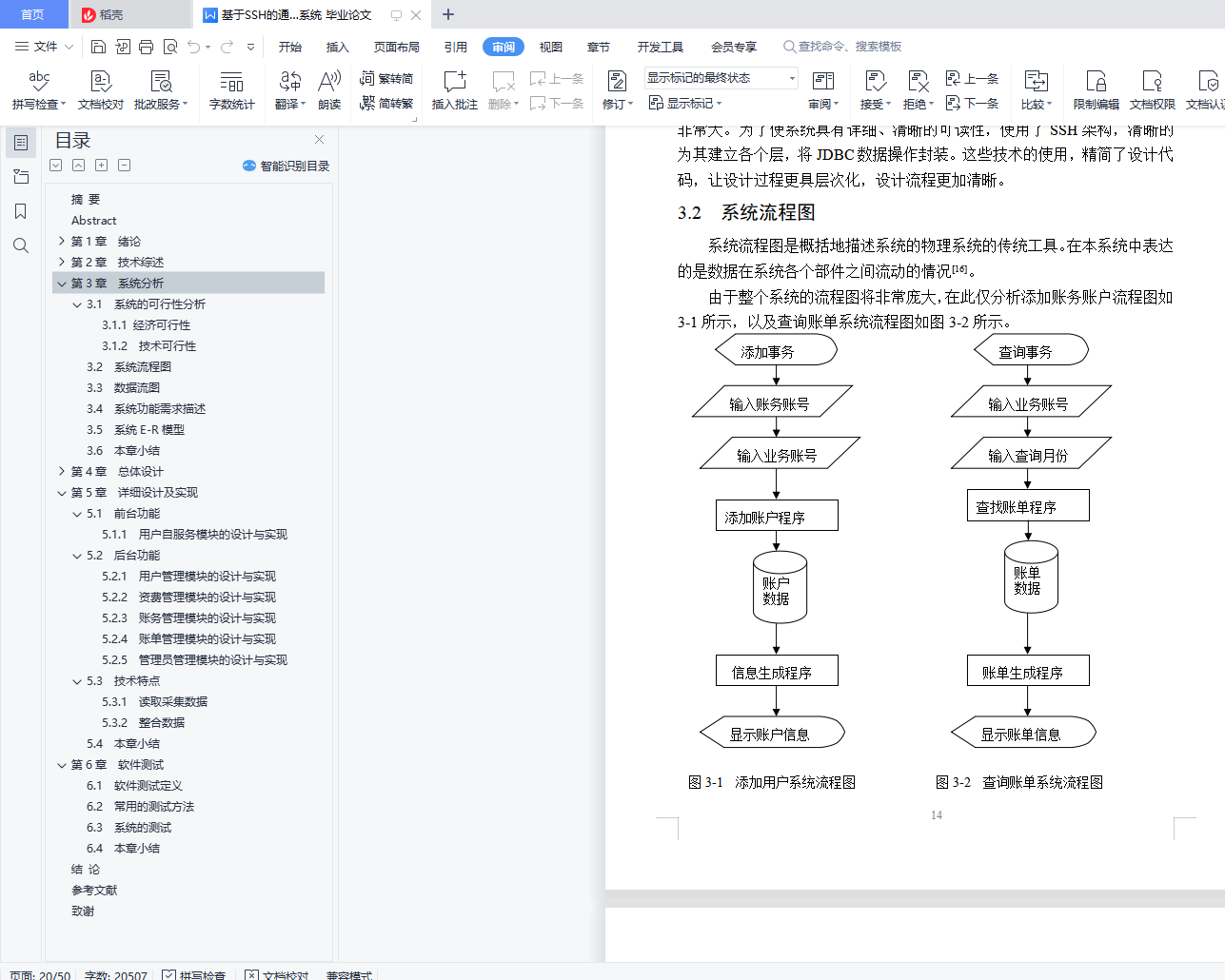


F0A.png)
